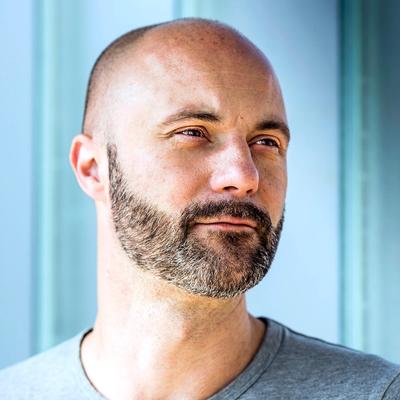Biomodd [ATH1]
![Biomodd [ATH<sup>1</sup>]](https://cdn.sanity.io/images/t39t9igo/production/8b8527d49d210479542233e0f90087bb98035286-810x1080.jpg?w=1152)
resources | |
|---|---|
| Biomodd [ATH1] interview | |
| A living game computer as social structure | |
| Morgan Riles discussing her Biomodd [ATH1] documentary | |
| BIOMODD [ATH1]: A Living Game Computer As Social Sculpture | |
The first version, Biomodd [ATH1], was initiated by Angelo Vermeulen during an artist residency at The Aesthetic Technologies Lab at Ohio University's College of Fine Arts in Athens, Ohio between September 2007 and January 2008. It was the first time that heat originating from computer electronics was used to boost the growth of an enclosed ecosystem. A compact network of 5 upcycled computers was built inside a 2 meter tall transparent case containing an ecosystem of different plant species. Both common house plants and watercress were used. Green microalgae were used to watercool the server of the network, while the algae culture was in turn cooled by pumping it through a submerged spiral in an adjacent fish tank. With it’s square transparent case and carefully designed internal layout, the work explicitly referenced the subculture of ‘case modding’. Biomodd [ATH1] laid the foundations for the rest of the project, and some of its features became core aspects present in all subsequent versions.
Marin Abell, Marit Aagaard, Nathan Berger, Chris Dobel, DJ Cook, Lowell Jacobs, Sergey Kahn, Rakesh Kashyap, Jeff Lovett, Chris McGinnis, Katherine Milton, Daniel Mintz, Sarah O'Brien, Alexandra Regazzoni, Morgan Riles, Garret Schneider, John Seyal, Scott Sullivan, Kaitlin Whistle, Angelo Vermeulen






